SomnusNooze e-newsletter
News, stories and updates from the world of sleep
News, stories and updates from the world of sleep
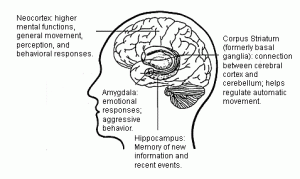
A Pilot Study of tDCS Looks Promising for the Treatment of Idiopathic Hypersomnia Background Idiopathic hypersomnia (IH) can severely impact affected individuals’ family, employment, education, and leisure activities. And because there are no... read >
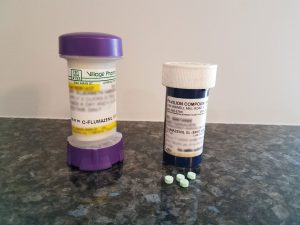
Background In 2012, researchers from Emory University published a paper on their finding of a substance that increases the effect of GABA in people with central disorders of hypersomnolence, particularly idiopathic hypersomnia. In that paper, they... read >
During the presentation by David Rye, MD, PhD, titled “What are the latest developments in research on idiopathic hypersomnia?” at the Beyond Sleepy in the Mile-High City Hypersomnia Conference, he pointed out that, while on the one hand without a... read >
Very recently, the Hypersomnia Foundation became aware of an opportunity to help shape the future of sleep research. The National Institutes of Health, the primary source of funding for medical research in the United States, has issued a Request... read >
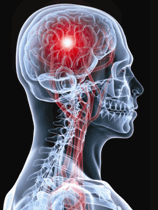
Background According to the Centers for Disease Control and Prevention (CDC), more than 2 million people in the United States suffer a traumatic brain injury (TBI) every year. Most people with a TBI will also experience a sleep-wake disturbance... read >
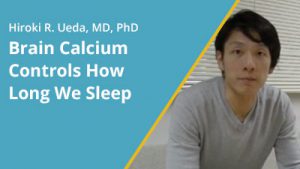
Background How do our brains control when we go to sleep and when we wake up? Previous studies have tried to answer this question, but, despite years of research, our understanding of this process is incomplete. Therefore, the goal of this study was to... read >
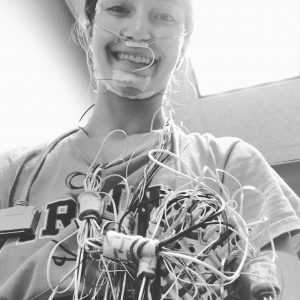
“I don’t want to do it,” I said to my mom as we entered the elevator. “Let’s just go talk to them,” she replied to my dismay. I didn’t want to be there. I didn’t want to have hypersomnia. I didn’t want to do a clinical trial—it... read >
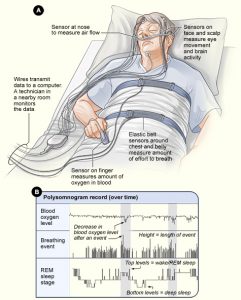
Background The primary feature of the two main central disorders of hypersomnolence—narcolepsy and idiopathic hypersomnia (IH)—is excessive daytime sleepiness, defined in the International Classification of Sleep Disorders, third edition,... read >
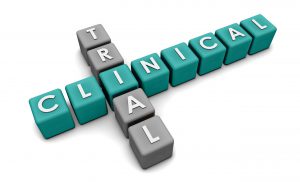
Background In this 2013 study published in PLoS One, the researchers Miyagawa et al hypothesized that L-carnitine supplementation might help improve narcolepsy symptoms by increasing β-fatty-acid oxidation. Fatty acids are a major energy source for... read >
This is your final reminder email about BUNIHPPS- a survey research study for patients with narcolepsy or idiopathic hypersomnia. Dr. William DeBassio and Sara Kowalczyk are the study investigators of the Boston University Narcolepsy and Idiopathic... read >